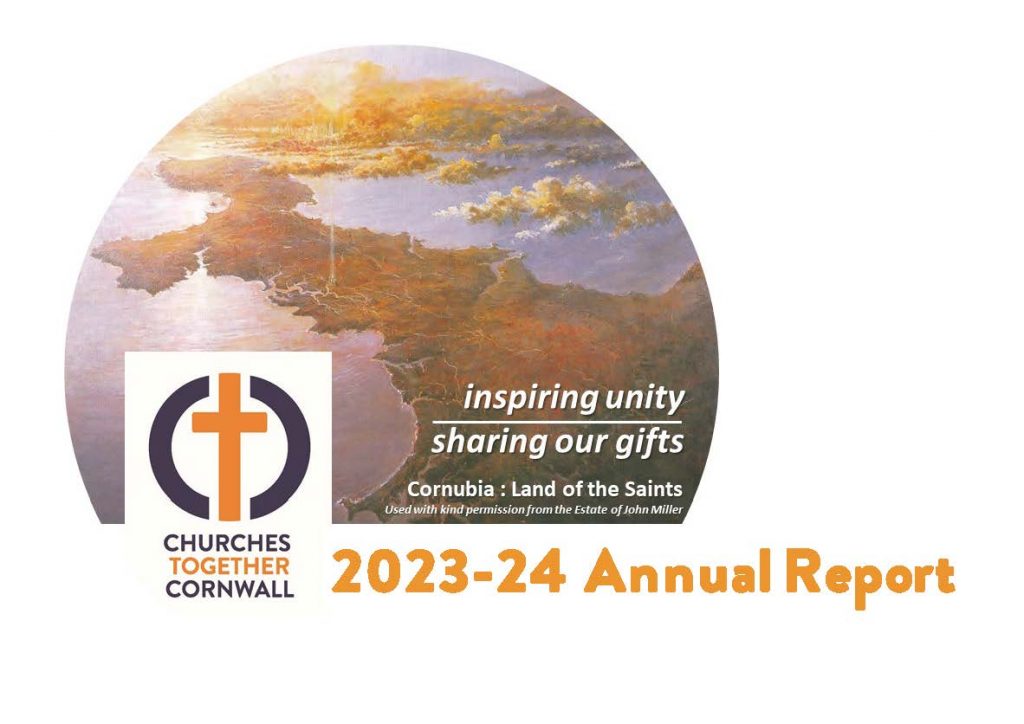Update 26 November 2021
Following its monthly review of current Government guidance, the Methodist Church does not see a need to change its overall guidance as outlined previously in July and September which remain current. We would remind everyone of the need to assess their local situation and respond accordingly and proportionately. National reports still indicate that there are still high rates of infection, although there are regional differences, so be aware of local conditions and local health authority guidance specific to your community. The government has two key documents which Managing Trustees can use in assessing their local responses – the Autumn and Winter Plan and the guidance on ventilating indoor spaces. The Government has not issued any updated guidance in relation to churches except for its Guidance for Funerals, which reflects current advice on the use of LFD tests to limit transmission. We will undertake a further review in December.
Update 16 September 2021
As the end of summer nears, the Government has set out plans for tackling the COVID-19 virus during the autumn and winter periods. At this stage, the Methodist Church does not see a need to change its overall guidance as outlined on the 22 July 2021. This saw a move towards making more informed decisions locally. Full details of the Government’s statement can be found on the Autumn and Winter Plan. We are continuing to monitor Government guidance on a monthly basis, and will communicate any changes as needed through the usual communication channels.
You and your leadership teams may want to start preparing in advance for the changing seasons though, so below are some key considerations to help with these preparations:
What are the main considerations for using our buildings during autumn and winter?
As has always been the case, the risks of catching or passing on COVID-19 are greater in crowded spaces and in enclosed indoor spaces with limited natural ventilation. Activities such as singing, dancing and exercise will also increase this risk further through greater air-borne particles. Making physical or behavioural changes to reduce or manage these risks will make a positive difference.
Continue to ventilate indoors or meet outdoors if possible:
If this is not possible or practical, Government SAGE data suggests that opening windows regularly for 10 minutes, or a small amount continuously, can help reduce the risk of transmission compared to no ventilation. The use of CO2 monitors can also help highlight areas of poor natural ventilation in a building. There is also an ‘easy read’ version of the Government’s more detailed ventilation guidance, which can be found on Ventilation of indoor spaces to stop the spread of COVID-19 (easy read) (publishing.service.gov.uk)
Continue to wear face coverings if possible:
It may be suitable in crowded or enclosed spaces, particularly if ventilation is poor, to wear face coverings to reduce the risk of transmission. Particularly where you share spaces with people you do not normally meet.
Continue to get tested and self-isolate if needed:
Anyone with symptoms of COVID-19 should self-isolate and take a free PCR test as soon as possible. Anyone who tests positive must self-isolate. Equally, anyone notified they are a close contact of someone who has tested positive should also take a free PCR test as soon as possible and self-isolate if required. Stay at home if you are feeling unwell.
Continue to encourage good hygiene practice:
Provide hand sanitiser in convenient areas throughout the building for everyone to use; keep established practices of cleaning surfaces touched regularly and rooms with high use by different groups such as toilets and kitchens.
Are there any changes for those undertaking pastoral work?
YES – from 11 November 2021, those undertaking pastoral work within Care Quality Commission-regulated care homes providing accommodation for persons who require nursing or personal care will need to be fully vaccinated.
Are there any printed resources available for buildings?
YES – the Government has digital resources available to download from the CRC (Campaign Resource Centre) and there is also a DHSC press release with details on the booster vaccine programme.
Update 18 August 2020
Updates on singing & the use of wind musical instruments and the addition of links for government guidance for Scotland & Wales
- Guide to Using Your Worship Space
- Guide for Weddings
- Guide for Funerals
- Guide for Face Coverings
- Cleaning Churches during Covid-19
Update 10 August 2020
Updates on the following to include the more detailed guidance on when to wear face coverings:
Updated on 30 June 2020 in light of current Government Guidelines
The Government announced that Places of Worship can open in England from 4th July with certain restrictions. However, the decision to re-open a church needs serious consideration and a thorough understanding of what is required in terms of planning and health and safety requirements. There is no compulsion to re-open if Managing Trustees do not feel it can be done safely, or it is too soon. As our guidance states:
- It needs to be well planned, both before the opening and kept under review once the building is in use.
- Do not assume that you can immediately do things ‘as you used to do’ and accept that saying ‘no’, ‘not yet’ or ‘not like this’ can be positive decisions.
Please refer to the Opening of Churches for Worship v2 guidance for further information as well as the government guidance on Safe Use of Places of Worship.
Guidance must be read in the context of where you live as devolved administrations in Scotland and Wales may have different guidelines. If a local lockdown has been introduced, then those guidelines must be followed. Please refer to www.gov.uk/coronavirus for updated information.
First Steps
For any activity in a church building, there are 2 assessments to take which underpin any activity.
- If a church building has been closed, please refer to the Re-Opening a Building Checklist (Word) v2 or (pdf version).
- A Covid-19 Risk Assessment v5 (Word) or (pdf version) with an Action Plan. This assessment will help trustees to think through what needs to be put in place in terms of social distancing, good hygiene and cleaning regimes. The government now states that a risk assessment on Covid-19 is mandatory to comply with H&S regulations.
Further guidance can be found on:
- Official Coronavirus Guidance from the Methodist Church
- Methodist Insurance
- TMCP’s Covid 19 FAQ’s section
If you have a specific question, please contact your District Property Secretary or Property Support.





